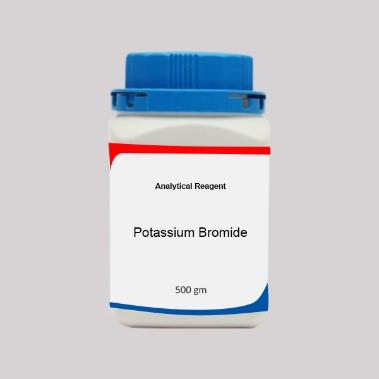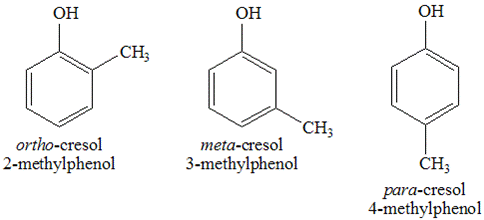90814-91-8
7-Bromo-2H-benzo[B][1,4]thiazin-3(4H)-one
- 90814-91-8
- 7-BROMO-2H-BENZO[B][1,4]THIAZIN-3(4H)-ONE
- 7-bromo-2H-1,4-benzothiazin-3(4H)-one
- 7-bromo-4H-1,4-benzothiazin-3-one
- 7-Bromo-2H-[1,4]-benzothiazin-3(4H)-one
Get a free no-obligation quote
We typically respond within 30 minutes during business hours!
Related Article(s)
Bromophenols: types and applicationsJun 4, 2023

Bromophenols are the products obtained from the halogenation of phenol by electrophilic bromine. It is a powder that can range in colour from tan to orange, and it is used as an indicator of acid and base.
Bromides: History, sources, types, applications and hazards Aug 10, 2022

Bromine is located in the periodic table's halogens group, and its negatively charged form (Br) is an ion known as a bromide ion. Bromides that are colourless and have a wide range of uses, including anticonvulsants, flame retardants, and cell stains.
Amides: Nomenclature, classification, natural sources, synthesis and applicationsJul 16, 2022

Amide is a nitrogen-containing molecule that derives from ammonia or an amine. As a functional group, amides consist of a carbonyl group joined to a nitrogen atom. Carboxylic acids and amines react to produce amides.
Methylphenol: Common isomers, structure, synthesis, applications and natural sourcesJun 28, 2022

Methylphenol is an aromatic compound with a chemical structure represented by the formula CH3C6H4(OH). Its molar mass is 108.140 gmol and these compounds exist in both liquid and solid state.